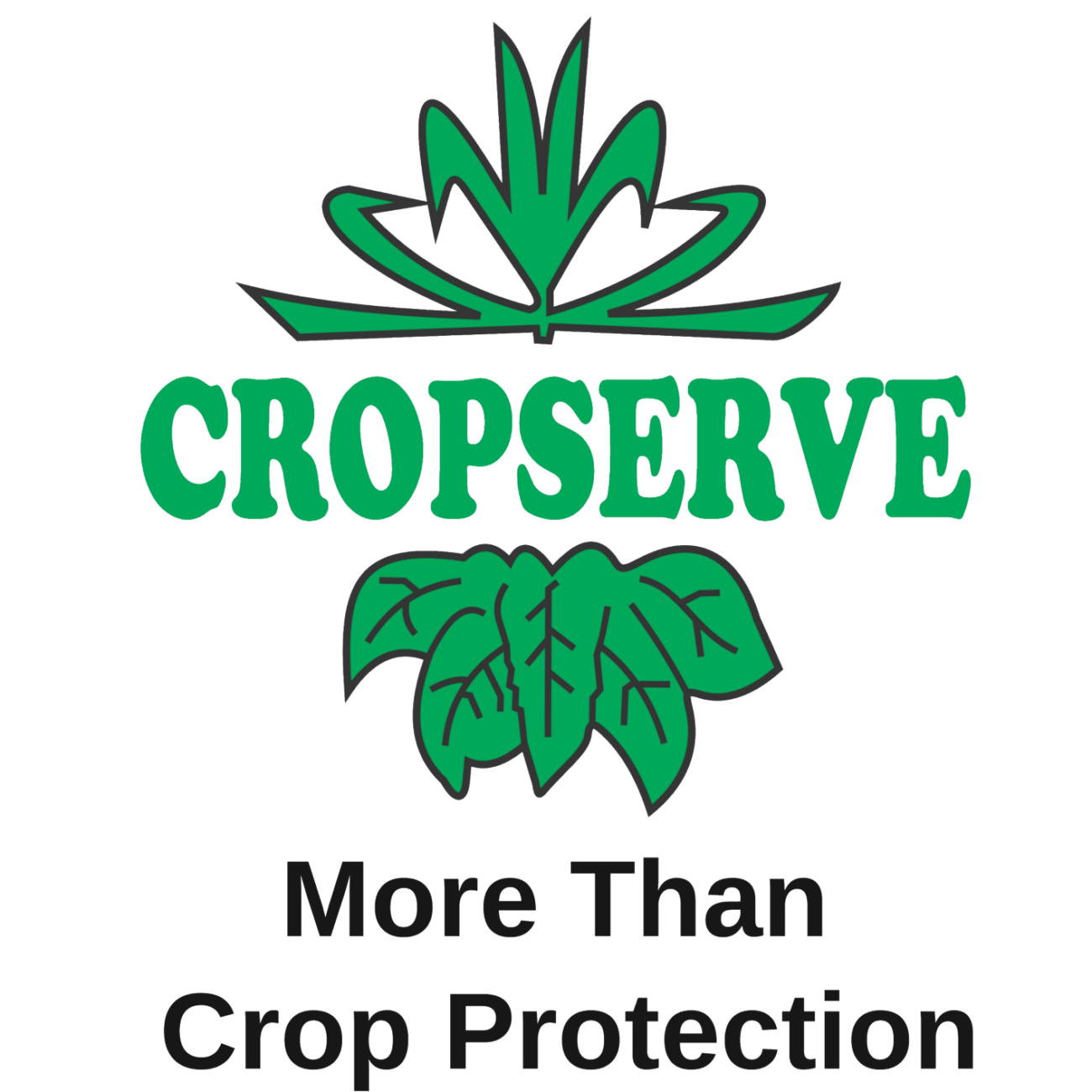TAXONOMY: Coleoptera (Order)
DESCRIPTION: The larvae of native beetles. Often not damaging to crops in their beetle state. The false wireworm can be most problematic in newly cultivated tobacco lands and damages the stem.
PEST IDENTIFICATION (Adult): Black beetle
PEST IDENTIFICATION (larvae): The larvae are similar in appearance to wireworm larvae, except they have longer legs and antennae.
PEST IDENTIFICATION (Egg): False wireworm adults lay their eggs in loose soil and most of the life cycle is spent as adults.
DISTRIBUTION ON PLANT: Soil-dwelling nocturnal.
LIFECYCLE: In a typical life cycle (Eleodes suturalis), adults, which feed on a variety of seeds and other plant material, may live for several years.
DETRIMENT TO CROPS: can be problematic with newly transplanted tobacco plants.
MONITORING REMARKS: Look for damage at the base of the stem. Identify the pest by taking a soil sample.
ACTION THRESHOLD: Administer preventative treatment.
CONTROL REMARKS: Take care when applying Chlorpyriphos. This pest is most prevalent in late plough/virgin soils where there is a great amount of organic matter. Carry out land preparation well ahead of planting.
Contact a Cropserve agronomist for further information.
.
Sorry, no products matched your criteria.


